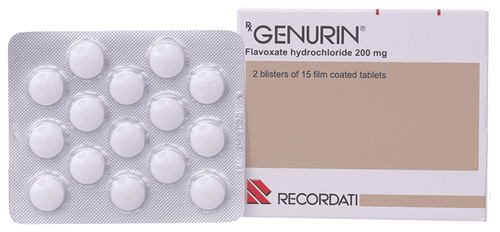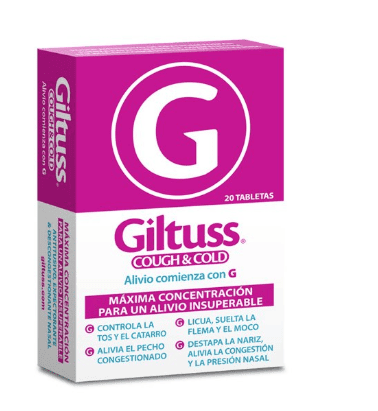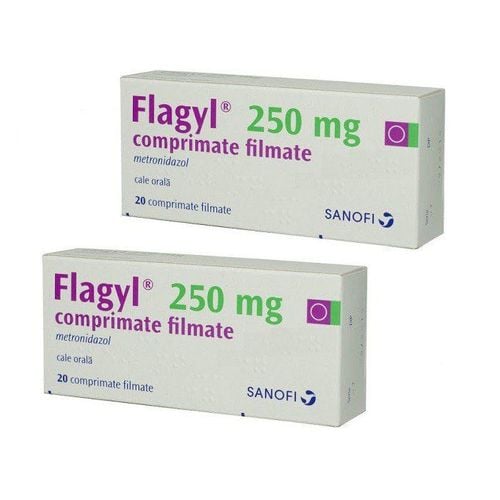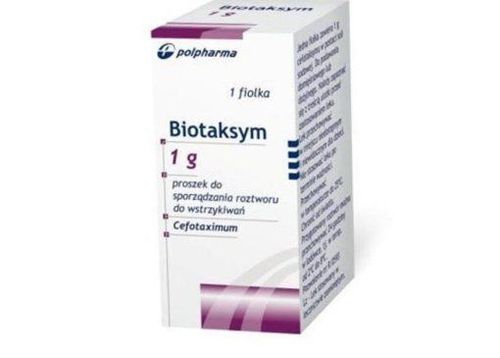This is an automatically translated article.
Acurox is a drug belonging to the group of antiparasitic, anti-infective, anti-viral, anti-fungal drugs. The drug is prepared in the form of a powder mixed with a solution for intravenous or intramuscular injection, indicated for the treatment of complicated bacterial infections in the respiratory tract, abdominal cavity, urinary - genital... The use of Acurox, as well as the method of use and dosage, should be understood by the patient when prescribed to use the drug.
1. What is Acurox?
Acurox is a pharmaceutical product manufactured by ACI Pharma, Pvt., Ltd - India, registered by Access Healthcare Inc, USA and imported into Vietnam. Acurox belongs to the group of antiparasitic, anti-infective, antiviral and antifungal drugs with the main active ingredient being Cefuroxim (in the form of Cefuroxim sodium) with a content of 750mg. The drug is indicated for the treatment of infections caused by sensitive bacteria in the abdomen, respiratory tract, urinary tract, genitals, obstetrics and gynecology...
The drug is prepared in powder form for solution for intravenous or intramuscular injection. Packed according to box specifications, 1 vial contains 750mg Cefuroxime plus 1 ampoule of 10ml distilled water for injection.
2. Uses of Acurox 750mg
2.1. The effect of the drug Acurox Active ingredient Cefuroxime is a semi-synthetic broad-spectrum antibiotic, belonging to the Cephalosporin group. The precursor of Cefuroxime is Cefuroxime axetil, which has very little antibacterial activity when it has not been hydrolyzed to Cefuroxime after being absorbed into the body.
Cefuroxime has antibacterial activity by inhibiting bacterial cell wall synthesis by binding to essential target proteins (penicillin-binding proteins).
Cefuroxime has effective antibacterial activity against many common pathogens, including beta - lactamase / cephalosporinase-producing strains of gram-positive and gram-negative bacteria.
2.2. Indications for use of Acurox 750mg Acurox 750mg is often indicated for the treatment of infections with severe complications such as:
Respiratory tract infections such as: acute and chronic bronchitis, pneumonia, sinusitis, pharyngitis, inflammation otitis media and tonsillitis ... Urogenital infections such as urethritis , cystitis , pyelonephritis . Skin and soft tissue infections: Impetigo, boils, pustules. Gonorrhea, non-gonococcal urethritis, cervicitis ... 2.3. Contraindications of the drug Acurox medicine Acurox 750mg is contraindicated for people with hypersensitivity to Cefuroxime and other ingredients in the drug or antibiotics of the Cephalosporin group.
3. How to use, dose of Acurox
Medicines are only used according to the prescription and prescription of the professional treating doctor, so the patient is not allowed to use it on his own, but it is necessary to follow the correct use and dosage of the doctor or medical professionals. economic.
How to use:
Acurox is prepared as a powder for solution for injection, so it is used by intramuscular, intravenous or intravenous infusion. Dissolve the powder with 1 ampoule of 10ml distilled water for injection in the vial for deep intramuscular or slow intravenous injection over 3-5 minutes or intravenous infusion over 30-50 minutes. Dosage:
Adults: The usual dose is 750mg every 8 hours, but for more severe infections, 1.5g can be given intravenously and every 6 or 8 hours. Children: 30mg - 60mg/kg body weight/day, if needed, can increase to 100mg/kg/day, divided into 3-4 small doses. Renal impairment: When creatinine clearance is 10 - 20 ml/min, the usual adult dose is 750 mg every 12 hours, and if creatinine clearance is less than 10 ml/min, the usual adult dose is 750 mg per day. once. Patients on hemodialysis should take 750 mg at the end of each dialysis session. For patients undergoing periodic peritoneal dialysis or periodic arterial-venous dialysis, the dose should be 750mg twice daily. Note: The dose of the drug is based on the progress of the disease and the specific condition of the patient, so the patient should adhere to the dose prescribed by the doctor.
4. Side effects of Acurox 750mg
In general, the side effects of Cefuroxime are mild and last only a short time. Some side effects when taking Cefuroxime include:
Reactions: Pain at the injection site and skin rash. Gastrointestinal: Diarrhea, nausea, vomiting and very rarely pseudomembranous colitis. Hematologic: Eosinophilia, rarely neutropenia, hemolytic anemia, thrombocytopenia and positive Coombs reaction. Hepatic: Transient elevation of liver enzymes Renal: Interstitial nephritis, transient elevation of blood urea/creatinine, possible nephrotoxicity Note: If you experience the above side effects or have any other abnormality, Patients should immediately notify the doctor so that they can guide the most effective and timely treatment.
5. Drug interactions
Acurox may interact with other medications, affecting the medications you are taking or the results of certain tests. Therefore, the patient needs to inform the doctor about his condition and the drugs he is taking for the most appropriate advice and indication.Cefuroxime may interact with strong diuretics or Aminoglycosides increasing the risk of kidney damage. In addition, Cefuroxime may also cause false positive Coombs test results and glucose reactions.
6. Notes and cautions when using Acurox
When using Acurox 750mg, patients also need to pay attention and be extra careful with the following issues:
Follow the correct way to use, dose and time to use the drug as prescribed by the doctor. Caution should be exercised when administering the drug in patients with a history of penicillin allergy and anaphylaxis should be prepared in these patients for prompt response. Use caution in patients with renal impairment to avoid the risk of nephrotoxicity. Renal function and blood clotting time should be monitored during long-term and high-dose Cefuroxime therapy. Caution and caution should be exercised when administering the drug to patients with a history of gastrointestinal disease, colitis. Pregnant women should be cautious when using the drug, only using it when absolutely necessary under the direction and supervision of a qualified doctor. The drug can be excreted in breast milk at low concentrations without affecting the nursing infant, however, breastfeeding women should also pay attention if the baby has diarrhea, rash.
7. Overdose and treatment
Most Acurox drugs cause only nausea, vomiting and diarrhea, but can cause neuromuscular hyperexcitability and convulsions, especially in patients with renal failure. If convulsions occur, the drug should be discontinued and anticonvulsant therapy instituted, if indicated, and supportive treatment for symptomatic relief, hemodialysis may remove the drug from the blood.
In case of emergency, life-threatening danger, it is necessary to take the patient to the nearest hospital or medical center for timely emergency treatment.
8. How to store Apamtor
Unused whole bottles should be stored in a cool and dry place, without moisture, without direct sunlight and with a temperature below 30 degrees Celsius. As for the mixed medicine, it should be used. Immediately, if not used in time, can be stored in the refrigerator at a temperature of 2-8 degrees Celsius within 24 hours. Medicines need to be kept out of reach of children and pets. When not in use, expired medicine or peel should not be thrown into the toilet or flushed under the tap. A doctor or waste disposal company should be contacted for advice and instructions on how to properly dispose of the medication. The information about Acurox 750mg provided above is for reference only and is not intended as medical advice, diagnosis or treatment. Therefore, patients need to contact a specialist for advice and prescribe the safest medication. Note, this is a prescription drug, patients should not arbitrarily use without a doctor's prescription.













